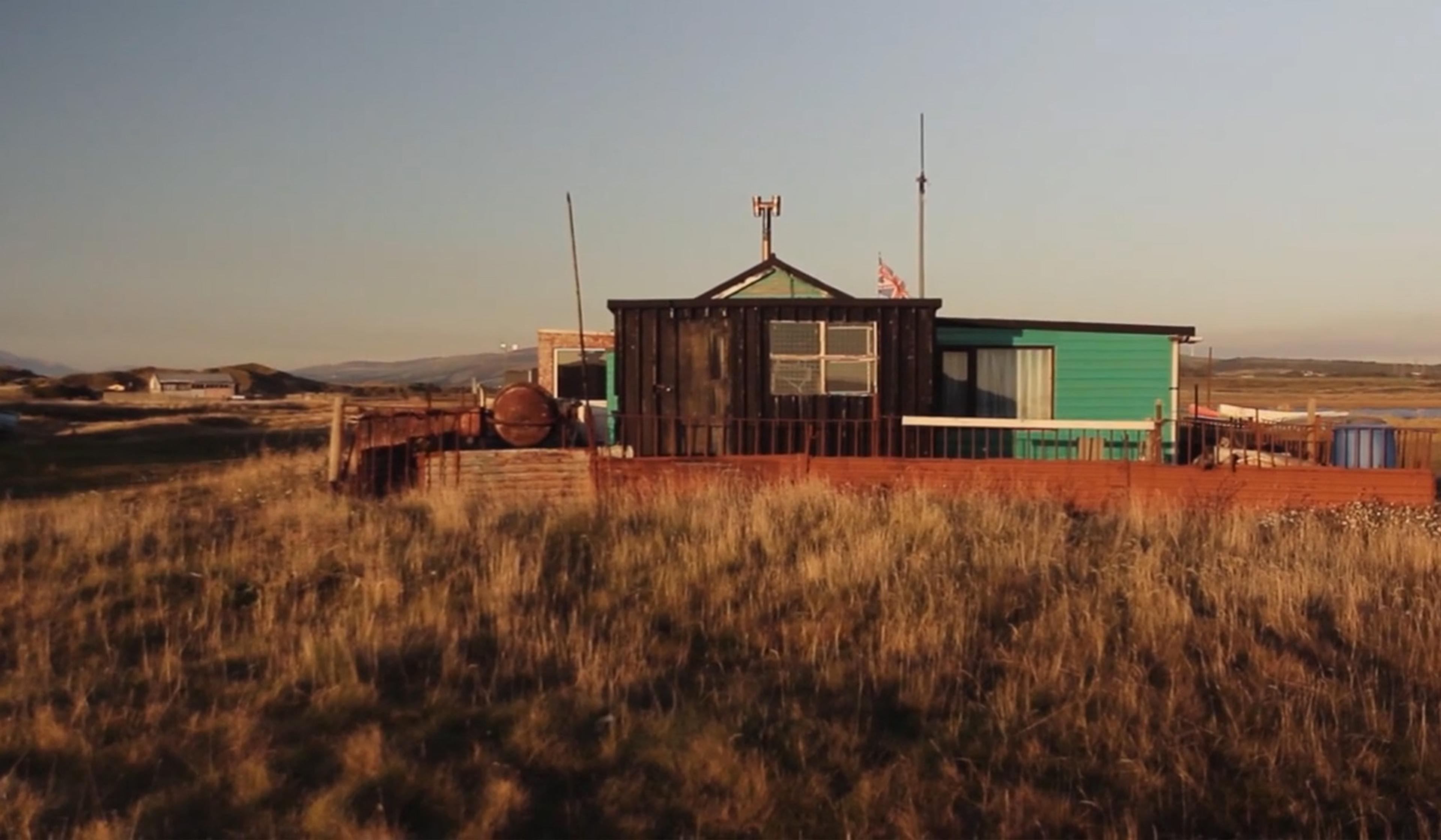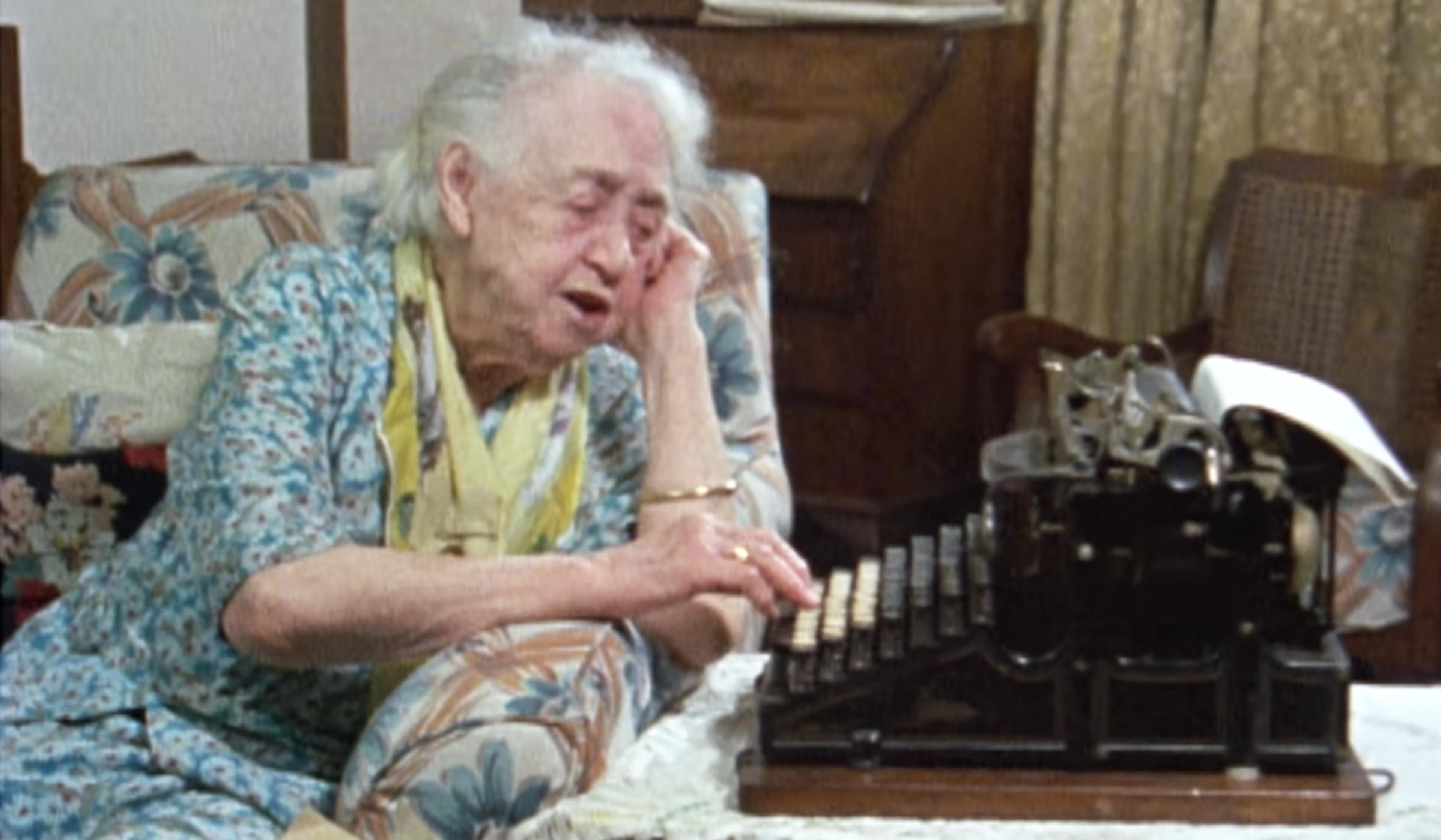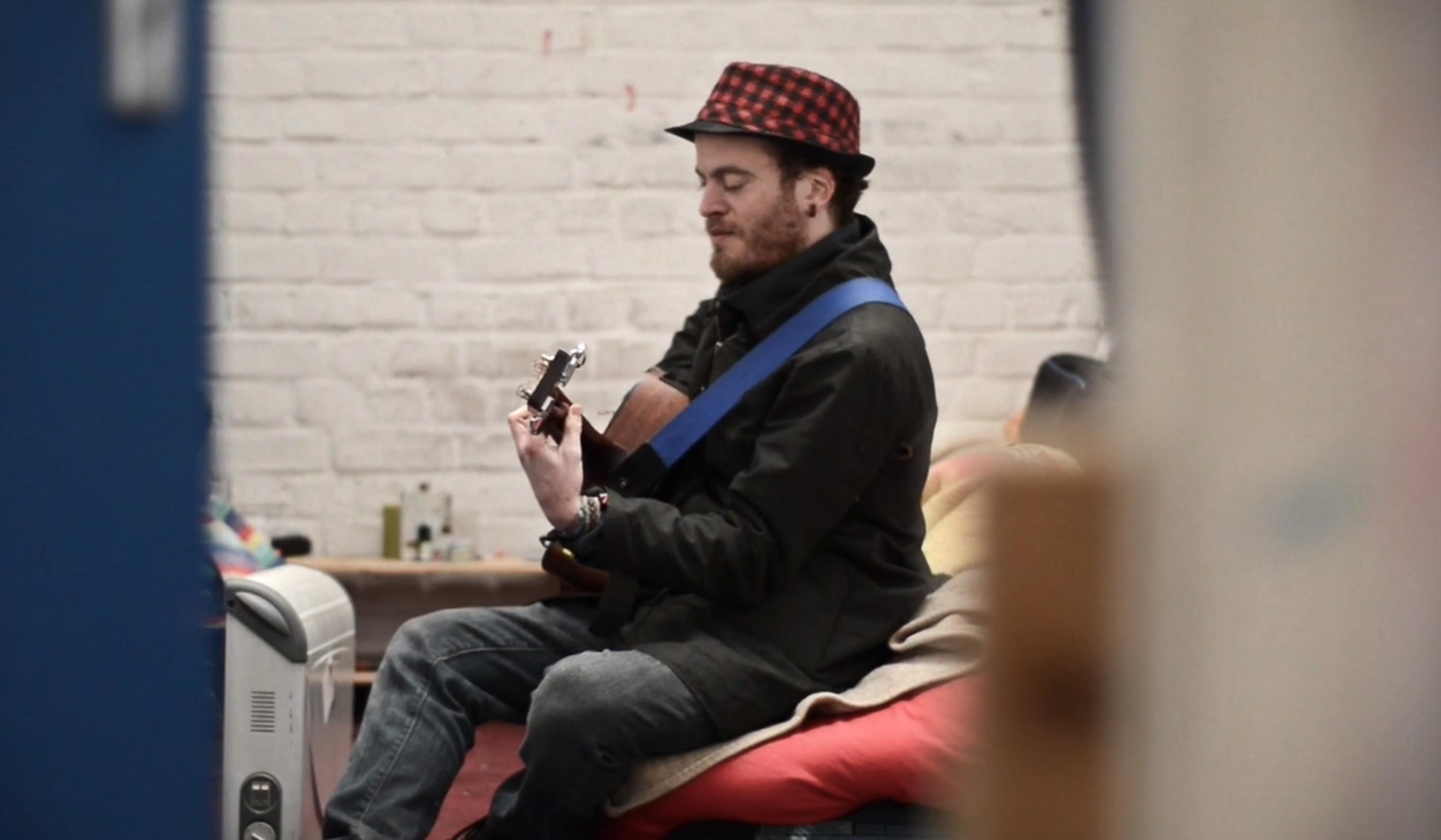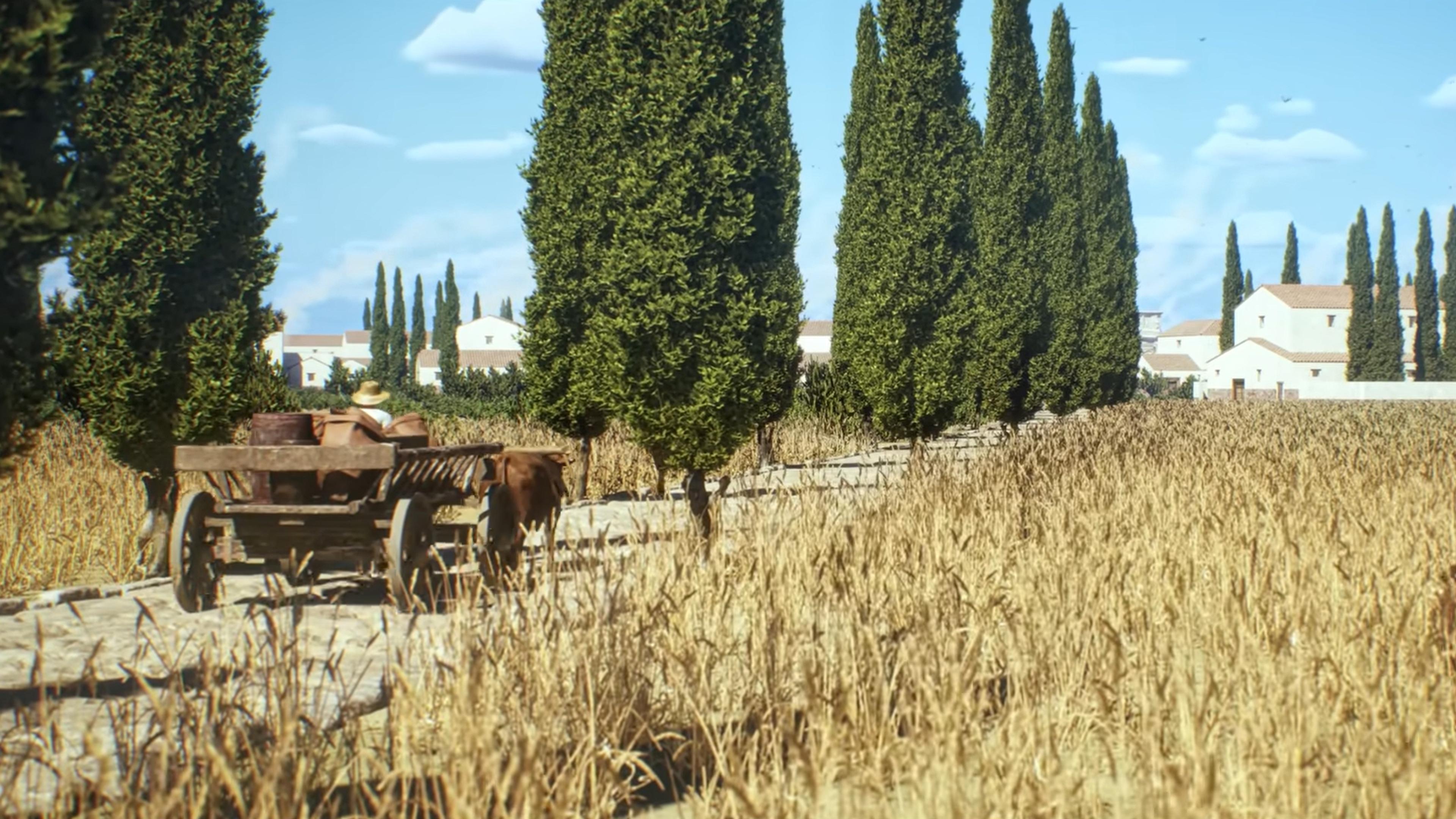Romani Gypsy people have lived in the British Isles since arriving in the early 1500s, often leading nomadic lifestyles due to their cultural heritage, as well as the suspicion and persecution that have kept them on the fringes of society. And, while nomadism is far less common for Romani Gypsies in the United Kingdom today than at any time in their history, there are still an estimated 225,000 people of Romani Gypsy heritage living in the country. Yet, despite their invaluable contributions to food, art, language and beyond across centuries, it can be difficult to spot tangible fragments of Romani Gypsy history across the UK, unless you know where – and how – to look. In this short film, the UK writer and archaeologist John Henry Phillips takes a walk through the Suffolk countryside in the east of England, exploring how fragments of Romani Gypsy history persist in the region’s overgrown meadows, streetscapes and even remnants of hostile architecture, which were once constructed to impede their movement.
There are fragments of Romani Gypsy history all over the UK – if one knows where to look
Director: John Henry Phillips
Website: Historic England

videoThe ancient world
Archeological discoveries animate the life of the warrior queen who took on Rome
6 minutes

videoArchitecture
A world of shacks and shanties is a place of makeshift beauty on England’s margins
12 minutes

videoSubcultures
Nomadic life is a warm, poignant memory for many Irish Travellers
10 minutes

videoTravel
Castles, croquet and kilts: on the tour bus from China through the photo ops of Britain
10 minutes

videoHistory
From manners to mud – two women recall coming of age in Victorian London
10 minutes

videoHome
Mongolian nomads building a traditional yurt is a master class in cooperation
2 minutes

videoPoverty and development
How squatting reclaims communal space in the age of privatisation
5 minutes

videoThe ancient world
Explore the vast road network that made the Roman Empire possible
9 minutes

videoArchaeology
From Roman pots to glass eyes, the shore of the river Thames teems with surprises
8 minutes